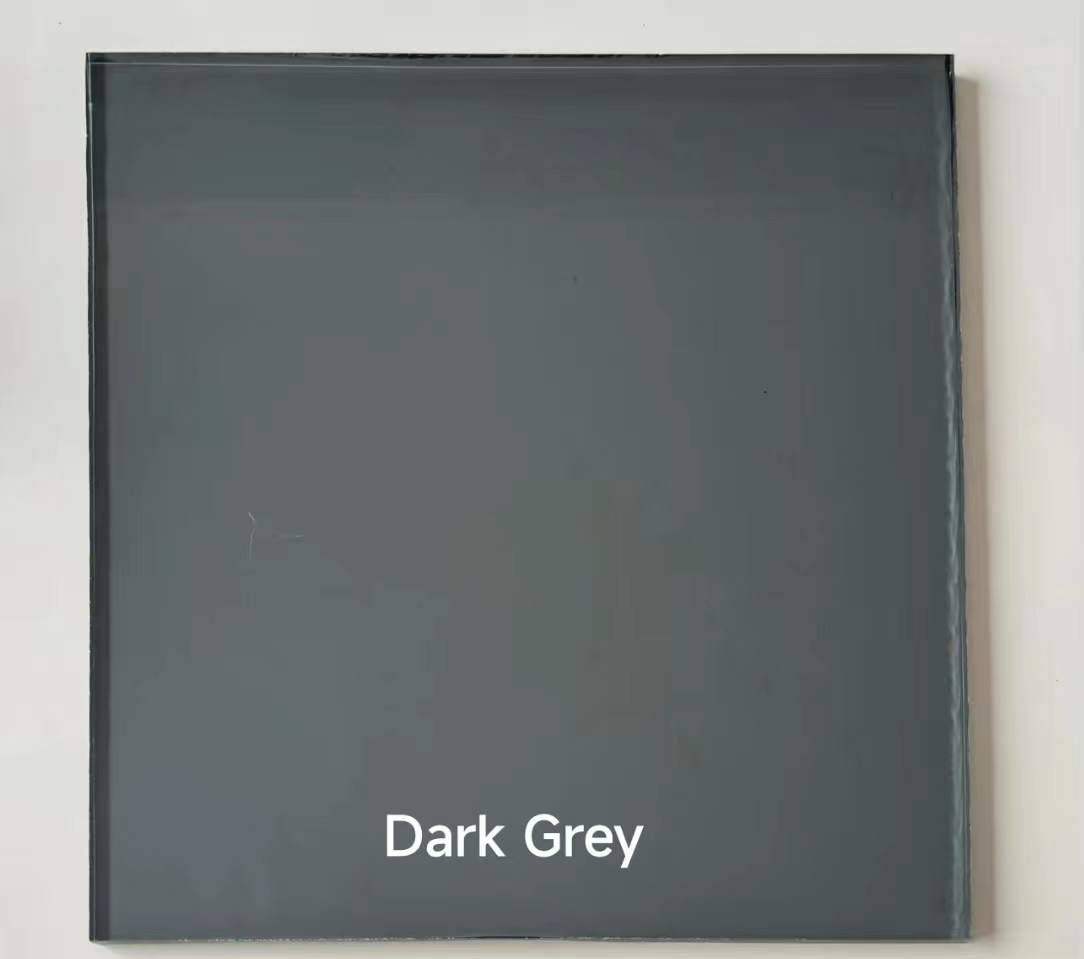

Victorian Frosted Glass A Glimpse into Elegance and Innovation
The Victorian era, which spanned from the 1830s to the early 1900s, was a period marked by a plethora of innovations in both technology and design. One of the striking features of this era was the use of frosted glass, a material that combined functionality with an unparalleled aesthetic appeal. Frosted glass, often associated with privacy and diffusion of light, became a prevalent choice in Victorian architecture and interior design, reflecting the sensibilities and values of the time.
The initial introduction of glass dates back to ancient civilizations; however, it was during the Victorian period that glassmaking techniques underwent a significant transformation. Innovations such as the discovery of how to create frosted glass expanded its application in various domains—from domestic settings to public buildings. Frosted glass is created through a process known as sandblasting, acid etching, or satinizing, which gives the glass a translucent, diffused quality. This alteration in texture not only enhanced the visual appeal of glass but also offered a closer connection to nature by softening harsh light and casting gentle shadows in interiors.
Victorian Frosted Glass A Glimpse into Elegance and Innovation
Architects and designers of the time embraced frosted glass not just for its practicality but also for its ability to elevate the grandeur of a space. Elaborate designs were often etched into the glass, depicting floral motifs, geometric patterns, or intricate landscapes, which resonated with the Victorian fascination for nature and craftsmanship. Notably, stained and frosted glass windows adorned many churches and public buildings, transforming spaces into breathtaking masterpieces of light and color.

The influence of the Arts and Crafts movement played an integral role in the evolution of frosted glass during the Victorian era. This movement emphasized handicrafts and the beauty of natural materials, seeking to break away from the industrial impersonalization of art. Craftsmen began to handcraft pieces of frosted glass, making each article unique and reflecting the artisanal spirit. The use of frosted glass was seen as a return to authenticity, marrying the ingenuity of modern techniques with centuries-old traditions.
As cities expanded rapidly during the Victorian age, the need for urban privacy became critical. Frosted glass provided an ideal solution, allowing urban dwellers to enjoy natural light without sacrificing privacy. In commercial buildings, frosted glass was often employed in office partitions, ensuring that workspaces remained bright yet shielded from prying eyes, further contributing to the modern business environment.
Today, Victorian frosted glass continues to be a source of inspiration in design. Its timeless elegance and versatility make it a favored choice in contemporary architecture and interior design. Modern craftsmen and designers often draw upon Victorian aesthetics, reinterpreting frosted glass in a manner that respects its rich heritage while employing new technologies to push its boundaries. Techniques such as laser etching and digitally printed glass have taken the concept of frosted glass into the 21st century, merging practicality with artistic expression.
In conclusion, Victorian frosted glass encapsulates a fascinating era of elegance and innovation. It reflects the societal changes and technological advancements of the time, illustrating a unique blend of beauty and functionality. Whether in a grand Victorian mansion or a sleek modern space, frosted glass remains a testament to the enduring allure of design that transcends generations. As we continue to explore the evolution of materials and styles, the legacy of Victorian frosted glass endures, reminding us of a time when artistry and utility coalesced in remarkable ways.